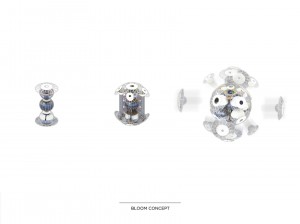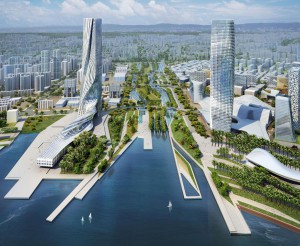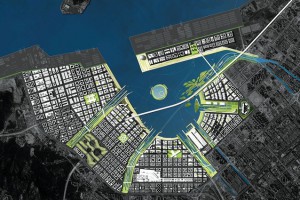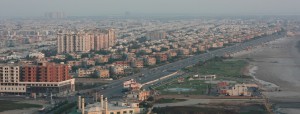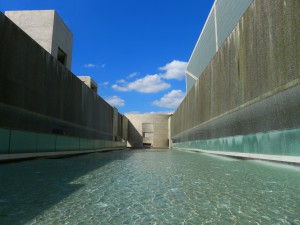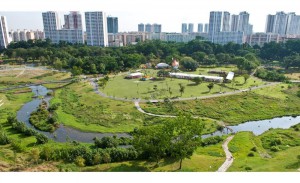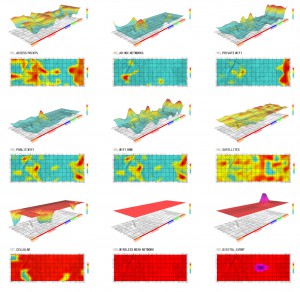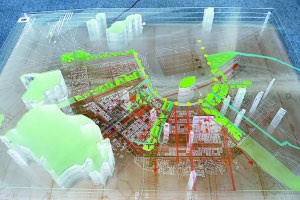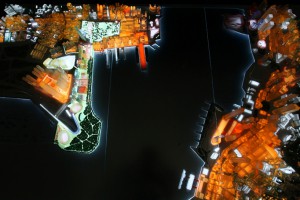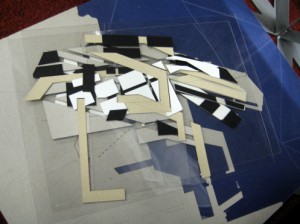Aquatecture
|
Bloom – Sitbon Architectes ‘I belive in God, only I spell it nature.’ Frank Lloyd Wright, Truth Against the World: Frank Lloyd Wright Speaks for an Organic Architecture. Rethinking Water, City & Architecture. Mediating WHAT? Qianhai Water City – James Corner Field – Reference scale scope Qianhai Water City – James Corner Field – Reference scales cope DHA Phase VIII – Karachi, Pakistan – Possible Site The site is located in a hot, semi-arid climate in close proximity to a large body of water such as ocean, river, lake Etc. The site density would be medium to low. Options include but are not limited to Karachi, Pakistan; Dubai, UAE; Dhaka, Bangladesh or Doha, Qatar. The scale of the site would be large enough to accommodate for Comprehensive Development Area scale thus allowing work on the scope of master planning initially followed by detailed design for a particular sector of the master plan. WHY? Sayamaike Historical Museum – Tadao Ando Singapore Bishan Park – Atelier Dreiseitl Historic use of water/nature in Architecture includes Frank LLoyd Wright, Falling water that utilizes waterfall as an element to enhance the experience of the house through visuals and sound. Tadao Ando, in coherence with Japanese culture and modern architecture, celebrated nature through tranquility of water in an experiential way. On the other hand Buckminster fuller earlier on explored nature scientifically for possible design solutions. HOW? Composite Geo Spatial Datascape – Robin Burek Qianhai Water CIty- James Corner Field West Kowloon Cultural District – foster + partners Design 8 – Conceptual Masterplan Model, by Adrian Lo, 2007 Thesis would initiate by researching current state of waterbodies, by properties and in relation to the city. The procedure of such analysis will be through natural/unnatural systems research and manipulations. BIBLIOGRAPHY 1. Woodman, E., & Harper, P. (Directors). (2014). Architecture and Water [Motion picture]. UK. 2. Sassi, P. (2006). Strategies for sustainable architecture. London: Taylor & Francis. 3. Guenther, R., & Vittori, G. (n.d.). Sustainable healthcare architecture (Second ed.). 4. Rogers, A. (2013). Water and Roman urbanism towns, waterscapes, land transformation and experience in Roman Britain. Leiden: Brill. |
